Affiliate links on Android Authority may earn us a commission. Learn more.
LG V30 hands on – a mobile photography powerhouse
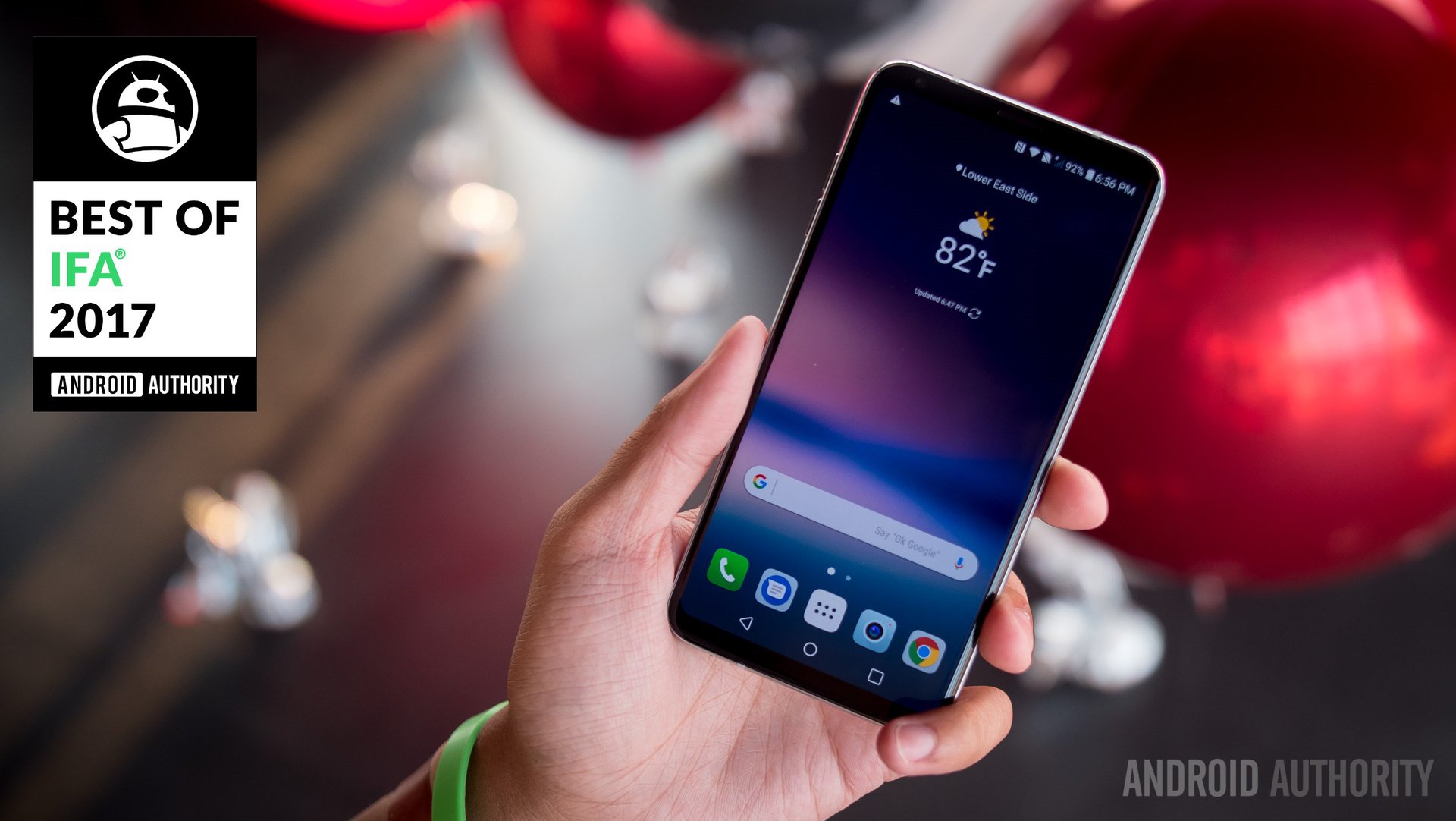
While the LG G series has struggled a bit in the past few years, the V Series has actually done rather well for itself since its inception in 2015. Sure, the line is nowhere near as popular as flagships from Apple and Samsung, but it certainly has its niche following. That following, of course, is typically power users who love the multimedia rich features of the V series, include a focus on photography, audio, and high-res video. But LG wants the V series to be a mainstream choice too.
This year, the LG V30 adopts the style and elegance of the LG G6 with the features that made the V series stand out in the first place. But is the combination enough to win over both old and new V series fans? While we won’t know that answer for sure until it officially hits the market late next month, we like what we see so far. Without further delay, let’s take a look at the new LG V30. Note: The device used in this hands on is a pre-production unit, so stay tuned for the full review for final details.
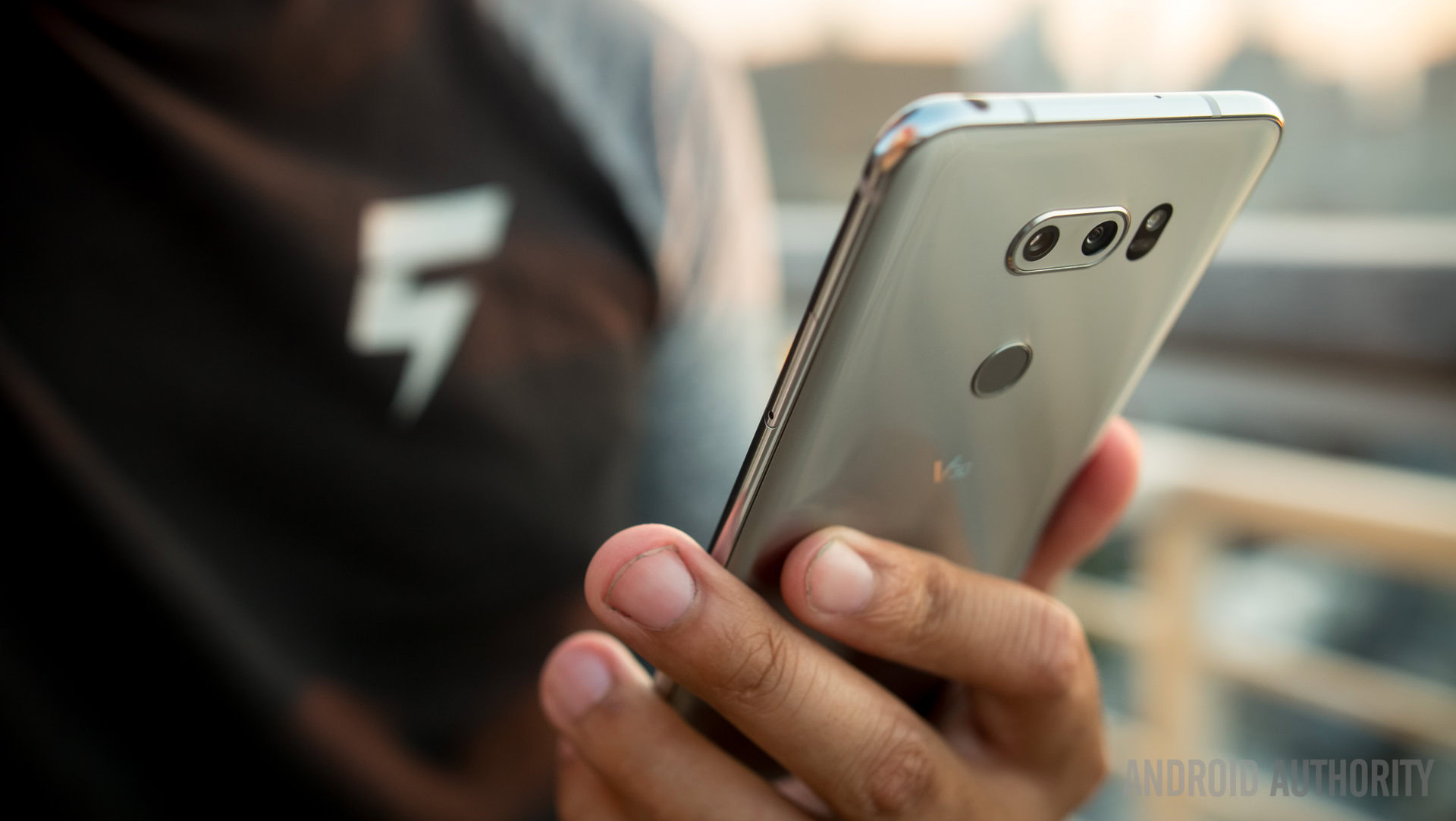
At first glance, the LG V30 looks a lot like a cross between the Galaxy S8 and the LG G6, and it’s easy to mistake it as a non-LG device, at least from the front. While LG actually was the first to the introduce a ‘tall’ phone resolution with the LG G6, Samsung has obviously popularized the concept. The LG V20 sticks to the 18:9 formula introduced with the G6, but at the same time makes some pretty significant tweaks.
The stunning 6-inch display is a major upgrade over previous devices, as the V30 is the first V-series handset to be adorned by an LG P-OLED display. To be clear, this isn’t Super AMOLED like Samsung devices (which is just a trademark) but it uses the same Active Matrix OLED technology resulting in deep blacks and rich, vibrant colors.
As for the rest of the device, the rear of the V30 gently curves into the edges of the phone for an improved ergonomic feel and the handset feels very comfortable to use, especially so considering its size. At 7.3mm thin and weighing 158 grams, it is comfortable and light in the hand, with the materials feeling decidedly more premium than the LG G6, even if it’s actually a tiny bit lighter.
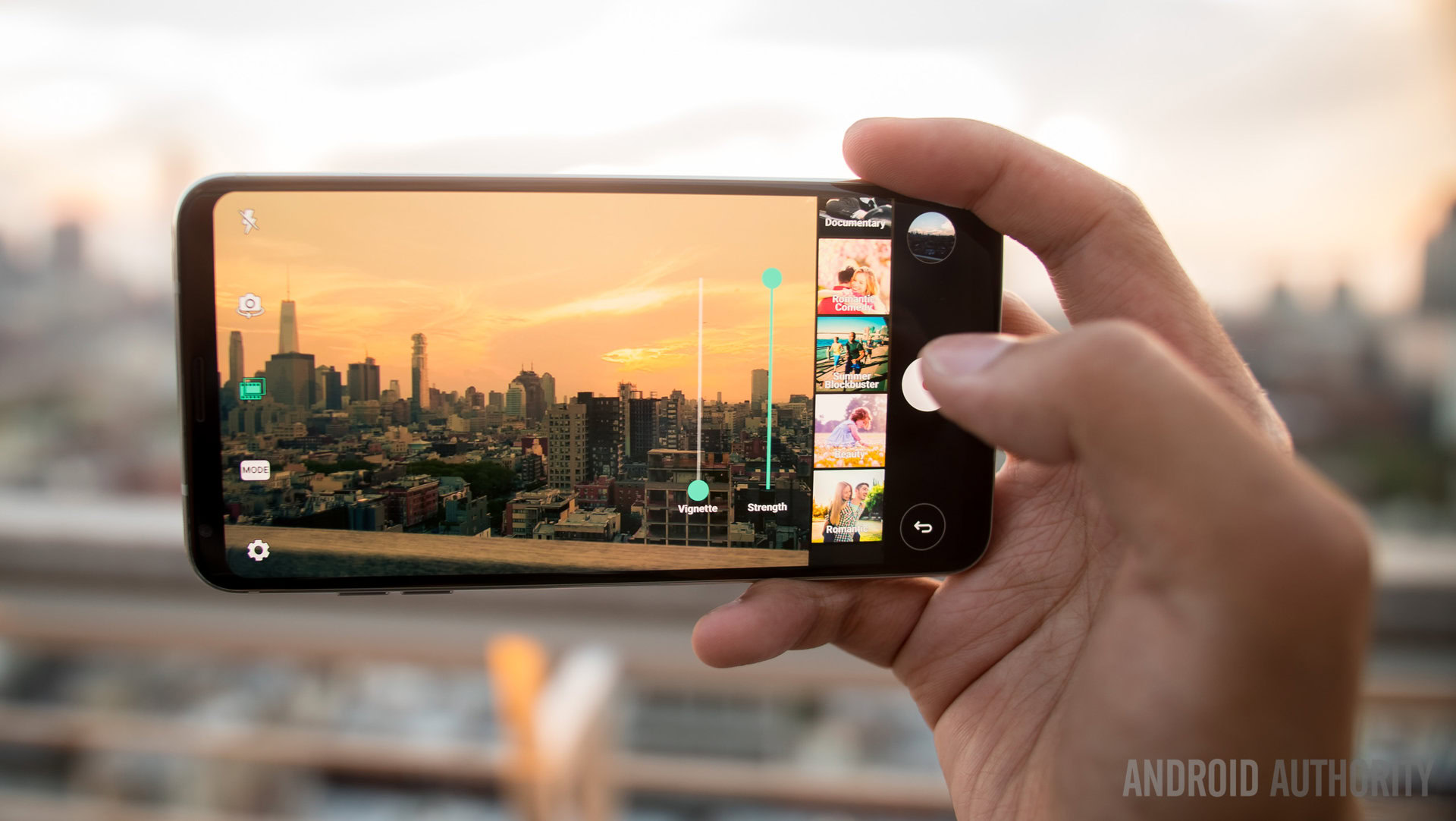
LG’s V series has always showcased cutting-edge mobile photography technology, offering features particularly appealing to more professional photographers. The LG V30 continues in this vein but also adds features that can bring mobile photography and videography to the forefront for average consumers.
The first of these is Cine Video, which aims to allow anyone to produce videos like a professional, using built-in Cine Effects. When taking a video, Cine Effects allow you to add various movie-grade hues to your videos and produce the scene you want, whether it is a romantic shot, one full of drama, or your very own summer blockbuster. When adding the effect, you can adjust the amount of vignette and the strength of the effect. The overall effect is rather striking, as the same video can be shot several different ways for a different finish each time.
LG is also promoting its new Point Zoom feature as part of Cine Video, aiming to solve a problem that’s not always apparent. Essentially, Point Zoom lets you to zoom smoothly into any part of the frame, rather than having to zoom into the center and then move the camera, as is the case with other devices. Using this is surprisingly easy, although it only works in Cine Video mode. But as Josh points out, the effect can be a little cheesy; with that said, it’s a great way to have smooth zooms into any part of a scene, if that’s something that really matters to you.
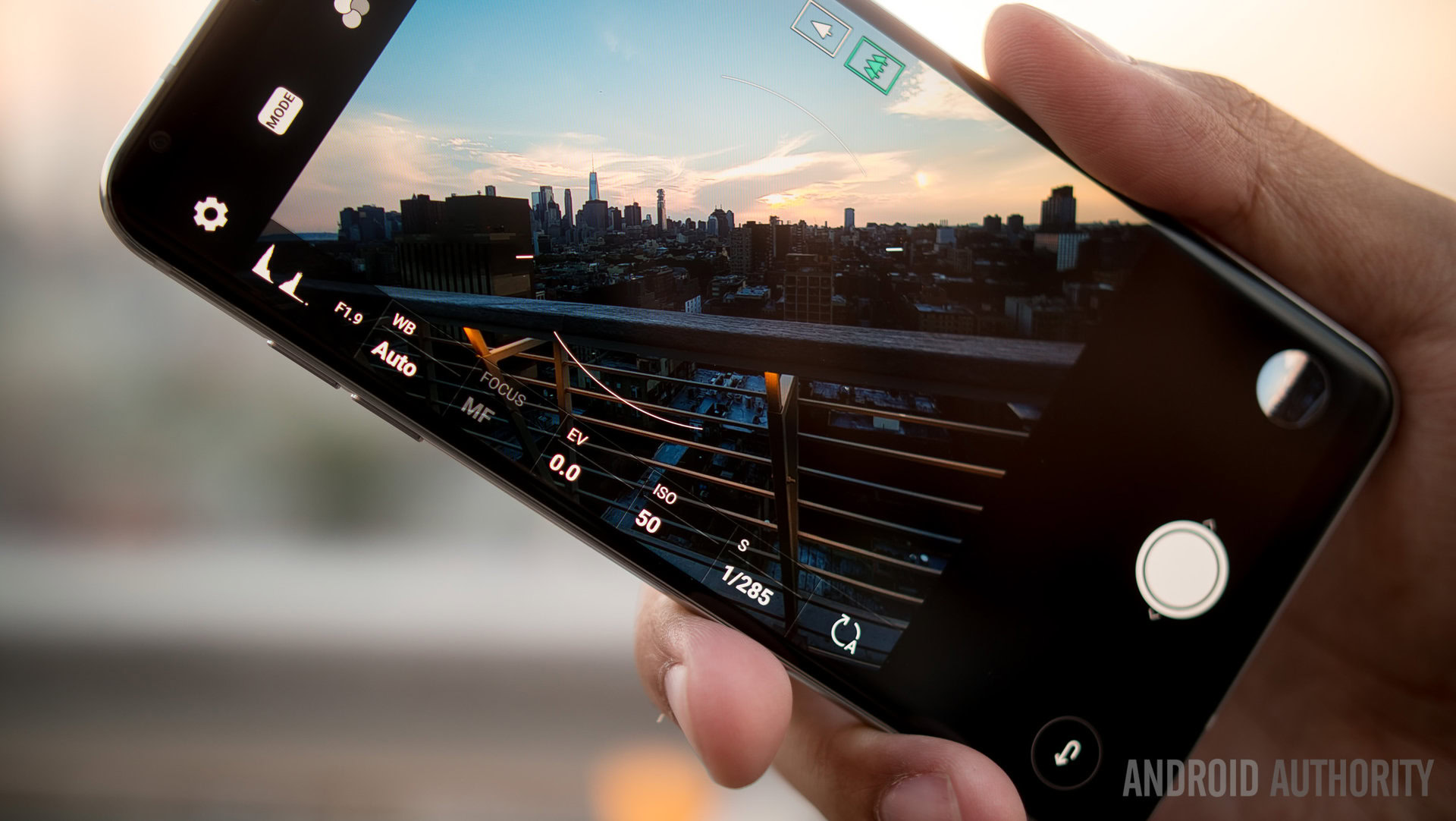
As part of the focus on videography, LG’s Cine Log feature is arguably the most impressive on the LG V30, and one that I wish was on every smartphone. Cine Log allows you to capture a wide dynamic range and color gamut, record video using log gamma curve, and save the details in a look up table so you can edit in tools such as Adobe Premiere Pro. If you have any interest in smartphone video production, this is a feature that likely will appeal to you, as it’ll mean you’re able to color-grade the video to a professional standard.
Color grading is likely an alien concept for many users but LG hopes that it can help introduce a new wave of mobile photographers to the manual mode on its phones using its new GRAPHY application. A project run by LG, GRAPHY allows users to select a reference picture from a preloaded list of photos and have the White Balance, ISO, aperture and shutter speed applied directly to the manual camera. Although we’ve not been able to see this in action on our preview units, the company’s demo suggests that this will be easy to use and will allow users to gain a greater understanding of how the manual controls work.
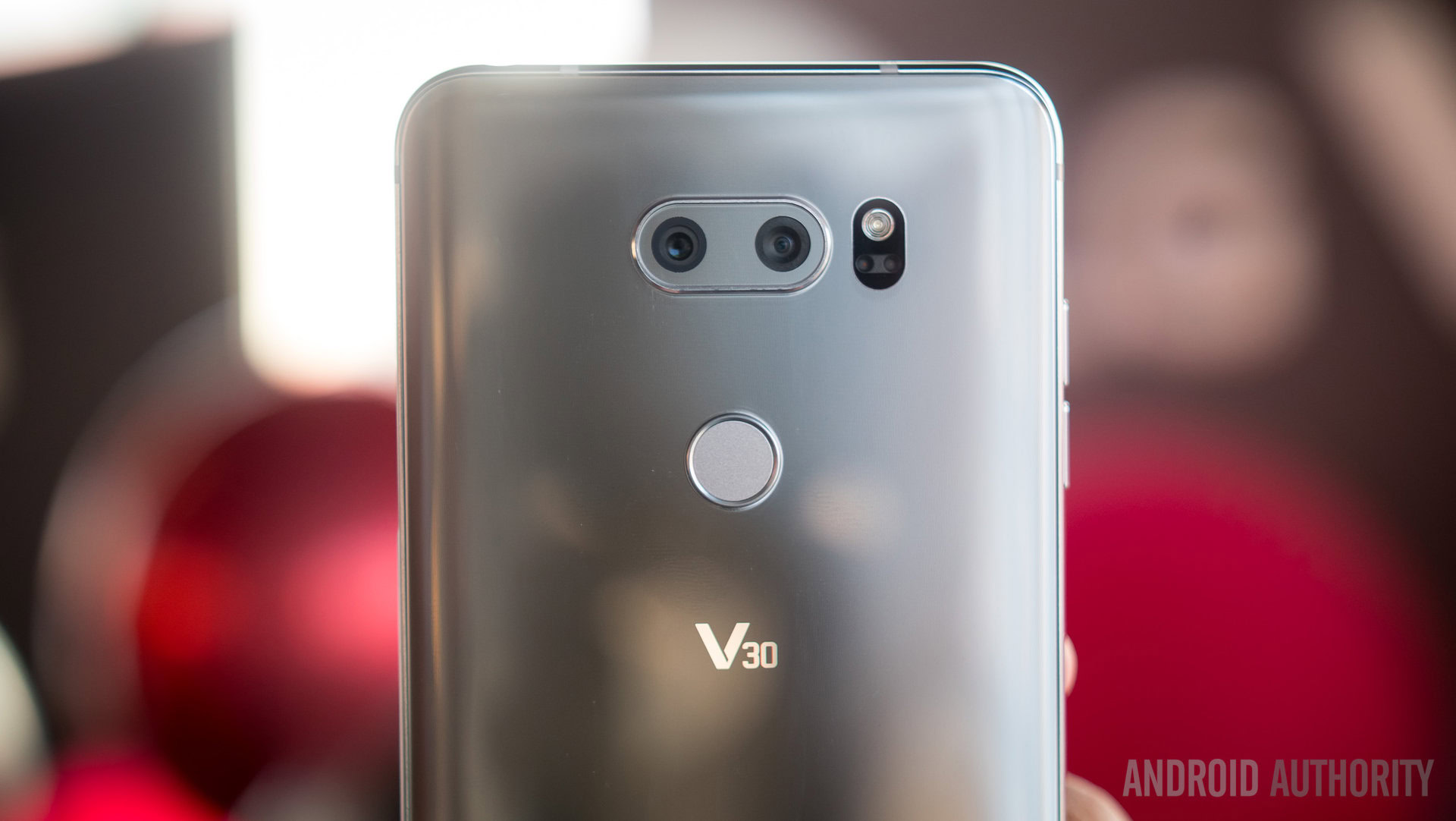
To make the most of all of these software features, LG has improved the hardware in the LG V30 camera, and in the process, produced a smartphone with the smallest aperture of any device so far. The main lens is a 16 MP snapper with an f/1.6 aperture and 71° field of view , paired with a 13 MP wide-angle lens of f/1.9 aperture with a 120° field of view.
Unlike the Galaxy Note 8, the V30’s camera only has Optical Image Stabilization on the main lens (not the wide-angle, which doesn’t really require stabilization), and the difference in resolution between both lenses means there’s a noticeable jump when switching lenses in the middle of a video. The front camera is a 5 MP wide angle lens of f/2.2 aperture with 90° field of view and, like the G6 and others before it, there’s the option to switch between wide-angle selfie and regular selfie camera modes.
As part of the main camera, LG has added a new Crystal Clear Lens which is designed to offer a more realistic overall image. Traditional smartphones use all-plastic lenses but LG says the addition of a glass lens means it is the brightest mobile camera on the market and has improved the transparency of the lens by 4 percent. This might not seem like a lot, but the actual result is the ability to capture up to 11 stops of darkness, versus 9.5 stops on other devices. Essentially, this means you have darker blacks and brighter whites, which results in the ability to create more dramatic video content.
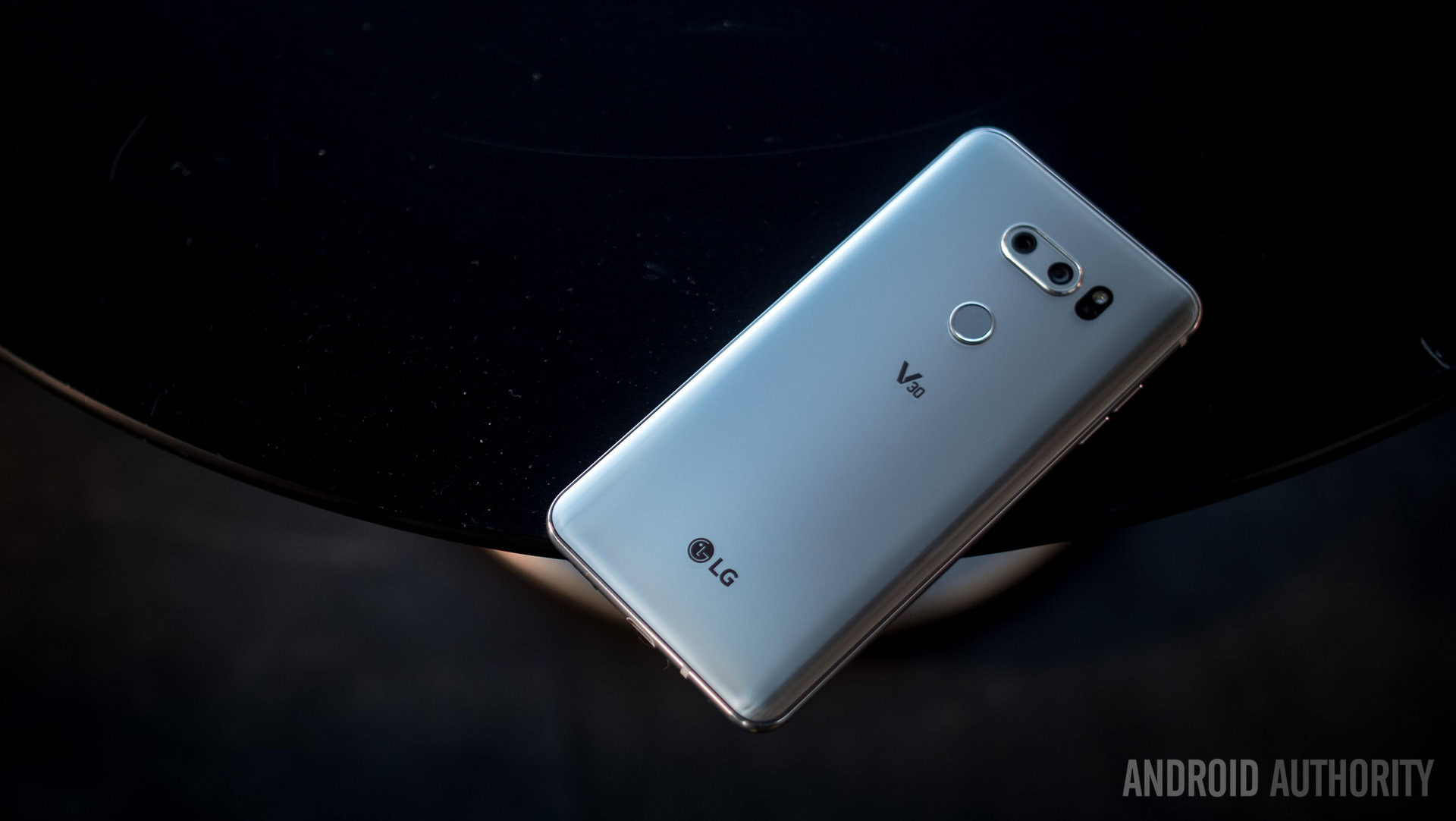
Overall, we really liked the camera, but keep in mind that the unit we were using was a preview device and the software is still subject to change. We’ll save our actual verdict for our final review. Using the LG V30 for the past few days though, the wealth of options means the camera interface may be a little confusing for average users, but that’s the price you pay for the large feature set.
LG has produced a camera that’s capable of taking great photos
Alongside the camera, the V series has been known as a multimedia powerhouse thanks to the incredible array of audio features that LG has packed into its flagship handsets.The LG V30 is no exception, including the latest audio hardware you’d expect, as well as a couple of very cool features that will make this phone an audiophile’s dream.
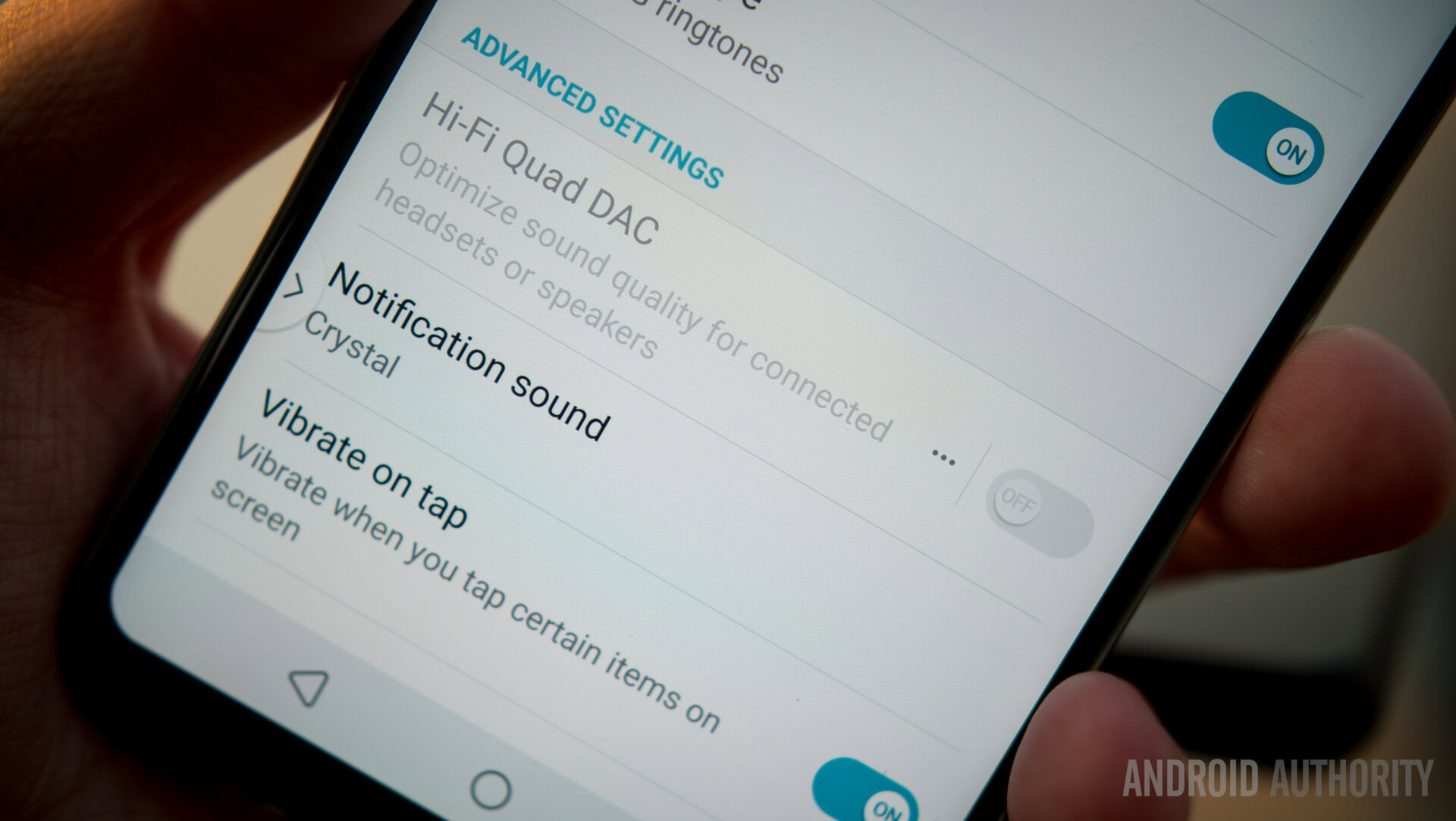
Like the V20 and some variants of the LG G6, there’s a Hi-Fi Quad DAC on board which has been tuned by B&O Play. LG says the handset also comes with B&O Play headphones, although it’s unclear if this is for all variants or selected markets only.
The V30 also supports digital filters that allow you to adjust the impulse response of music and tailor it to your taste, while Hi-Fi Audio Recording means you’ll get great audio in video or when recording audio directly to the phone. Audiophiles can rejoice as the LG V30 is the first device to support MQA, which allows for streaming of high-resolution audio in a small file size with no loss of quality. For recording audio, there’s also the Receiver-as-a-mic feature, letting the earpiece doubles as a microphone to ensure crystal clear audio.
The LG V30 brings the same premium feature set we’ve come to expect from LG’s V Series, including compliance with the MIL-STD-810G Transit Drop Test standard. The V20 and the V10 were both compliant with this standard and as we saw, this offered a durability level that very few devices offer – in our LG V20 drop test, the handset survived several drops and we’d expect the LG V30 to survive a similar amount. Only the G6 and V30 have survived the full 14 tests in that standard though.
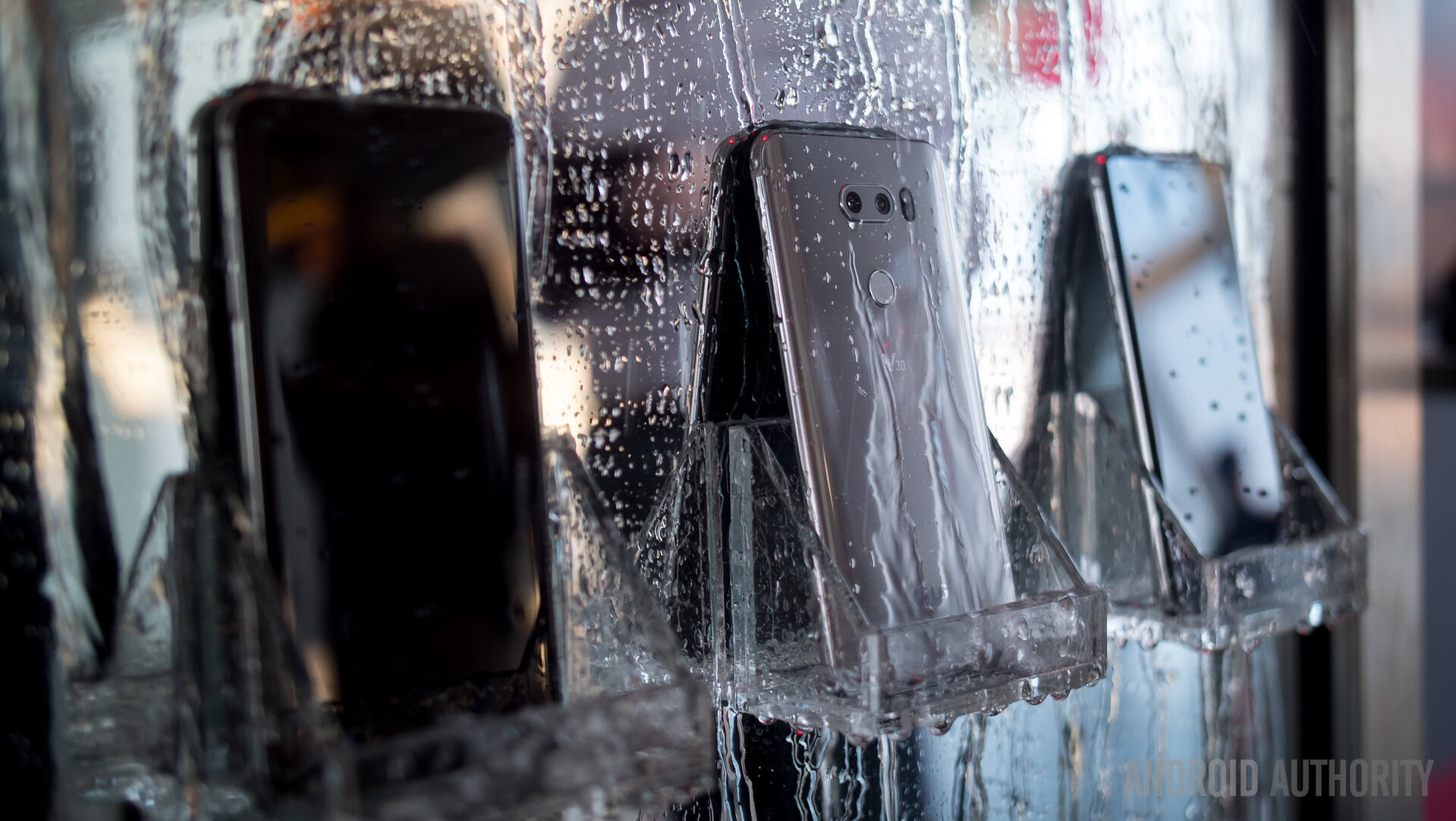
With its G6, LG opted to hold certain features for different markets but with the LG V30, there’s one global variant packed full of premium specs. The LG V30 is IP68 rated which means it’s dust and water resistant to a depth of 1.5 meters for up to 30 minutes. LG also says a heat pipe and cooling pad is used to dissipate heat quickly.
Under the hood you’ll find a Snapdragon 835 with 4 GB of RAM and 64 GB of expandable storage on the standard model, although the LG V30 Plus will be available in select markets and will come with 128 GB of expandable storage. There’s also LTE support, Bluetooth 5.0 with AptX HD, and the usual array of connection options you’d expect on a flagship.
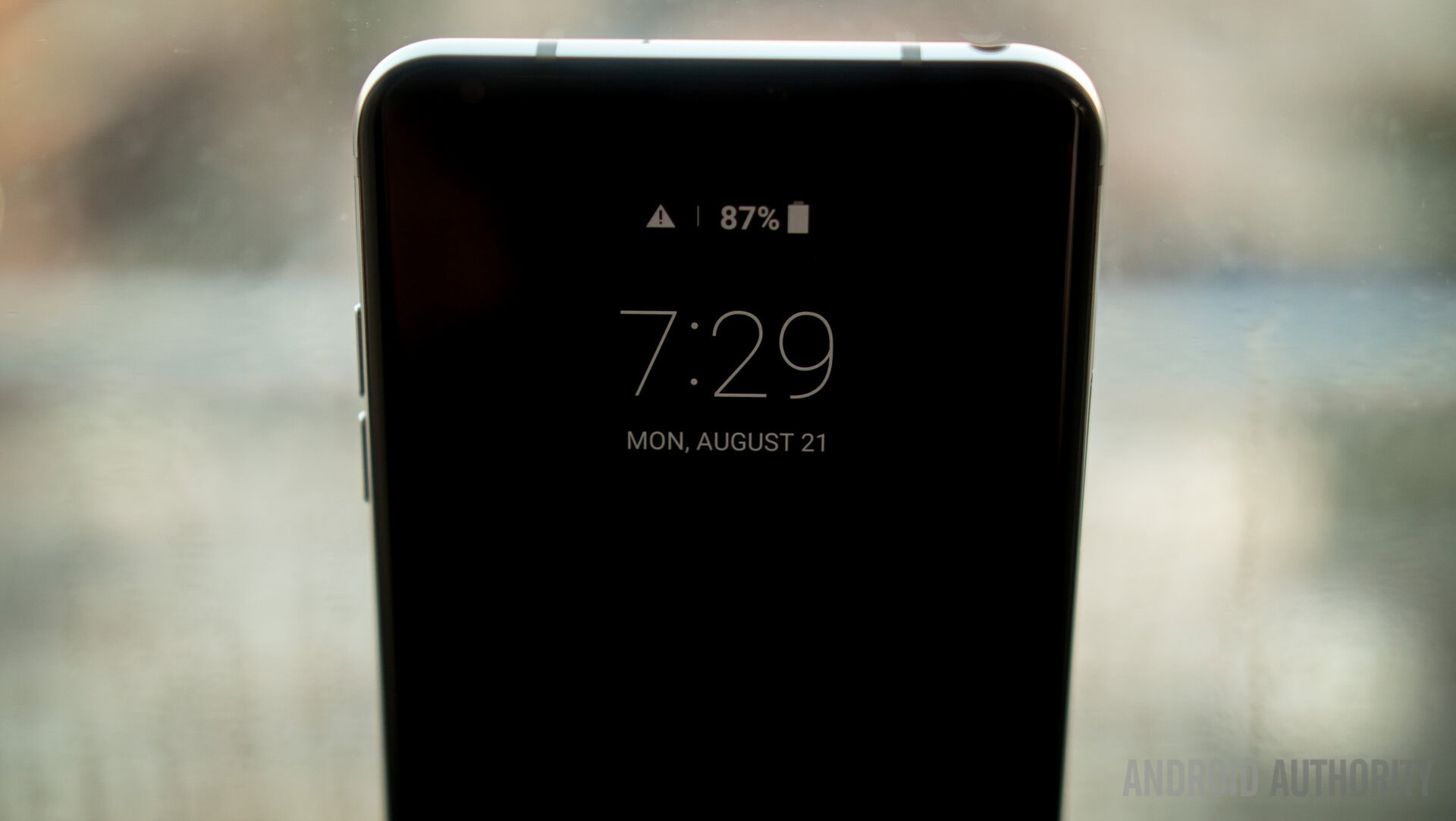
Last year, the LG V20 was the first smartphone to run the Android Nougat OS but this year, LG isn’t quite as up-to-date. The V30 still runs the Android Nougat OS but LG says that an update to Android Oreo is on the cards, although it remains to be seen how long it will take (“maybe” by the end of the year). LG’s skin is somewhat familiar and on the preview unit we’re using, there’s barely any preloaded apps, although carrier variants are likely to be considerably more bloated.
The key software change from last year is necessitated by the new display, as LG has dropped the second screen feature that was a staple of the V series up until now. Instead, there’s a new floating bar feature that lets you slide in a small pop up menu from the side of the display, which houses several shortcuts that can be customized. Interestingly, the company’s Always On Display also comes with a similar feature that lets you cycle through various rows of shortcuts including apps and music controls, and this is one of the most unique Always On Display features we’ve seen.
The whole package is powered by a 3,300 mAh battery. This is definitely on par with other flagships and, over the past few days, the battery has held up rather well with an average of 4 to 5 hours of screen on time. Of course, this is a preview sample, so we’ll only know the true battery life once we use a final retail unit. For the times when it’s running low, there’s also Quick Charge 3.0 and wireless charging, which gives you plenty of options to top up the battery life.
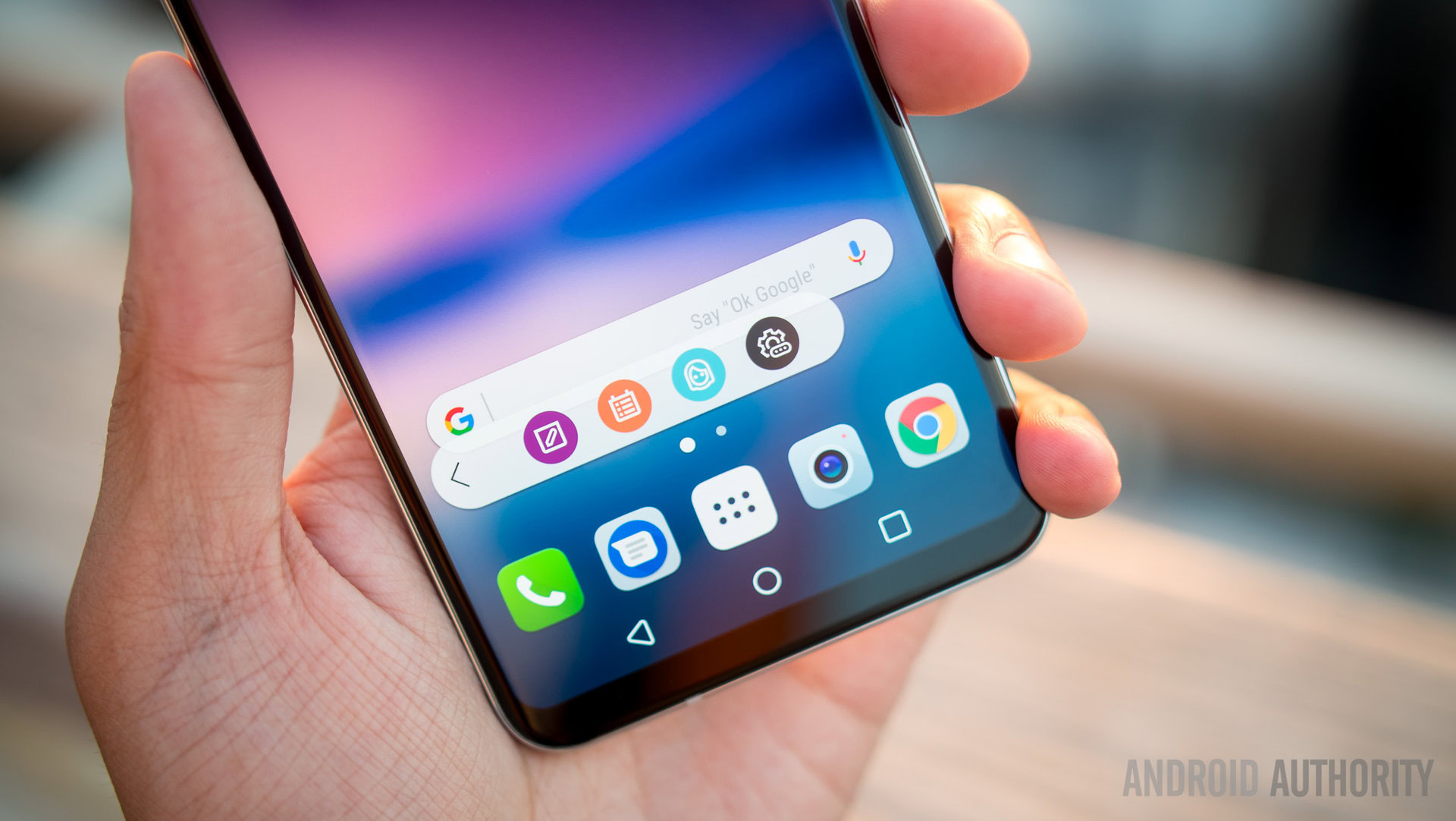
The LG V30 will go on sale in South Korea on September 21 followed by a release in North America, Asia, Europe, Africa and the Middle East. It’s unknown when it’ll launch in the US though we have reason to believe it will arrive in September, at least according to our early source. The regular V30 will be available in Aurora Black, Cloud Silver, Moroccan Blue and Lavender Violet, although availability depends on local markets.
What do you think of the LG V30? Having spent a few days with LG’s new flagship, it’s clear that the company has managed to pack a lot of features into a device that’s comfortable to use in one hand, and the camera features specifically will be a dream for would-be photographers and videographers. Of course, we’ve only spent a few days with the LG V30 which is too soon to form our final opinion so we’ll be bringing you a full review once we have our final retail handset.
In the meantime, what do you think of the LG V30 and is it going to be your next smartphone? Let us know your thoughts in the comments below and check out our other LG V30 coverage in the links below!